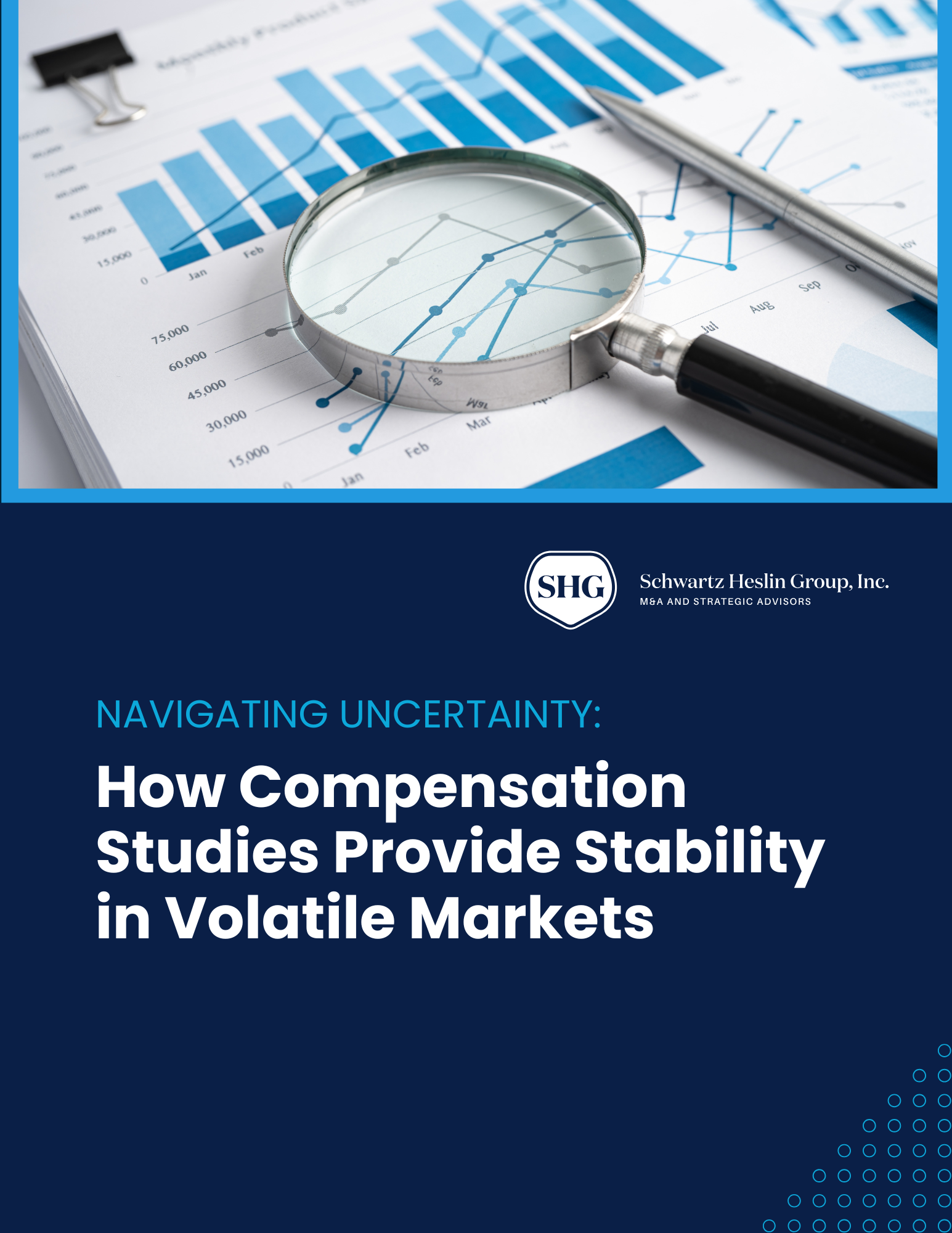Transitioning company ownership is one of the most challenging decisions for a business owner to make. For many, the goal is more than maximizing the value of the business. It’s about ensuring the company’s continued success. This means preserving the culture and rewarding the employees who contributed to the business’s success.
An employee stock ownership plan (ESOP) can be the best way to do this. Unlike traditional sales that often result in structural changes, ESOPs keep the company intact. It also empowers your employees and enables you to maintain a lasting legacy.
What Is an Employee Stock Ownership Plan?
ESOPs are retirement plans that allow employees to own shares in the company they work for. They are qualified, defined-contribution employee benefit plans designed to invest primarily in the stock of the sponsoring employer. Through this plan, employees receive ownership interests, typically as part of their compensation package. ESOPs can boost employee engagement and loyalty, aligning employees’ interests with the financial health of the company.
They function through a trust fund where the company either contributes cash to buy shares or contributes its own shares directly to the ESOP. The shares in this trust are allocated to employees’ accounts, typically based on compensation or tenure. Employees gain the rights to the shares incrementally, and then when they retire or leave the company, they can sell their shares back to the company.
The ownership structure varies depending on
the type of ESOP. For example, in a full ESOP, employees own 100% of the company’s stock through the trust. Here are a few other ways that ESOPs are typically structured.
Partial ESOP - Employees own a percentage of the company, often coexisting with other shareholders.- Leveraged ESOP- The company borrows money to fund the purchase of shares for the ESOP. The ESOP trust repays the loan over time using company contributions.
- Non-Leveraged ESOP: The company contributes its stock or cash to buy shares without borrowing funds.
Why Choose an ESOP for Business Succession?
ESOPs are designed to minimize disruptions that accompany traditional sales by transferring ownership to the employees. This structure makes it so the existing leadership team can remain in place. Keeping the leadership team intact post-sale helps preserve business operations, customer relationships and the overall stability of the company.
Because they allow the business owner to transfer ownership to employees, ESOPs also help preserve the company’s unique culture and values. This is particularly beneficial for companies that prioritize a strong culture, ensuring the new owners are familiar with the business ethos and values. With an ESOP, business owners can pass the company on to people who understand the business and value its long-term success. This helps keep their legacy alive well into the future.
Financial Benefits of ESOPs
Tax benefits are one of the main financial benefits of ESOPs. When a seller sells shares of a C Corporation to an ESOP, they can differ capital gains taxes under Section 1042 of the Internal Revenue Code by reinvesting proceeds in Qualified Replacement Property (QRP). This allows sellers to postpone tax liabilities until the QRP is sold, giving the seller significant tax savings and flexibility in managing their financial strategy.
The other big benefit to selling to an ESOP is flexibility. Sellers can opt for a partial or staged sale. This lets them transition company ownership gradually. A partial or stage sale can help owners who want to maintain some level of control or involvement in the company during the transition period. Even better, they can still take advantage of the 1042 tax deferral on the proceeds of each sale.
Challenges and Considerations
ESOPs can be complicated. It typically involves a web of legal and financial complexities like compliance with the Employee Retirement Income Security Act (ERISA) and meeting all the qualifications under Section 401(a) of the Internal Revenue Code. Structuring ESOPs to ensure all the necessary legal and financial compliance requirements can require extensive planning and legal expertise.
Employee-owned companies also have to complete regular business valuations to determine the fair market value of the shares allocated to employee accounts. These valuations are crucial for ensuring the ESOP meets all the compliance requirements and accurately reflects employee ownership stakes. This process involves using generally accepted valuation methods and requires a deep understanding of financial metrics and the specific business context.
Overall, ESOPs are strategic solutions that can create a seamless ownership transition. With an ESOP, you can safeguard your legacy and give employees a direct stake in the company’s future. While establishing an ESOP involves careful planning, the long-term benefits make it a good choice for companies wanting sustained success.
Need help setting up an ESOP? SHG provides our clients with expert guidance based on extensive industry knowledge and experience. Our financial and operational experts have built strong relationships with our clients, empowering their success. Our team represents a balance of seasoned business operators and astute financial experts. With SHG, your goals and priorities always come first.
Your business is your most valuable asset. Our innovative methodology has driven successful outcomes for over 40 years. Contact us today to grow your business's value.
Contact us today
to learn more.




